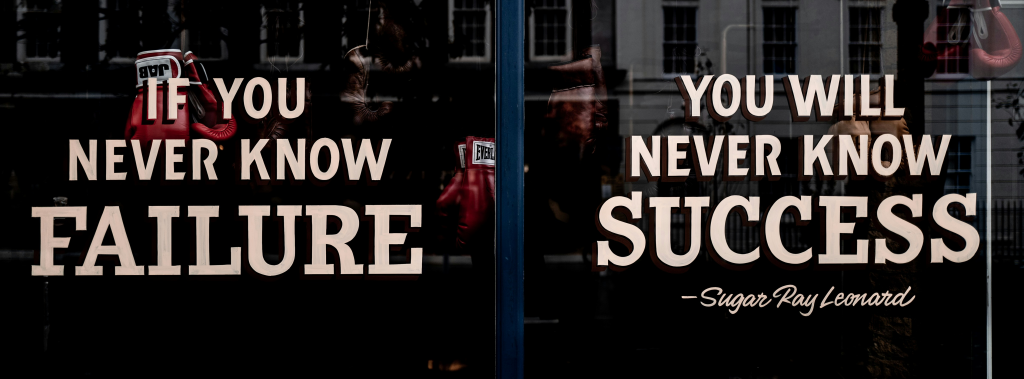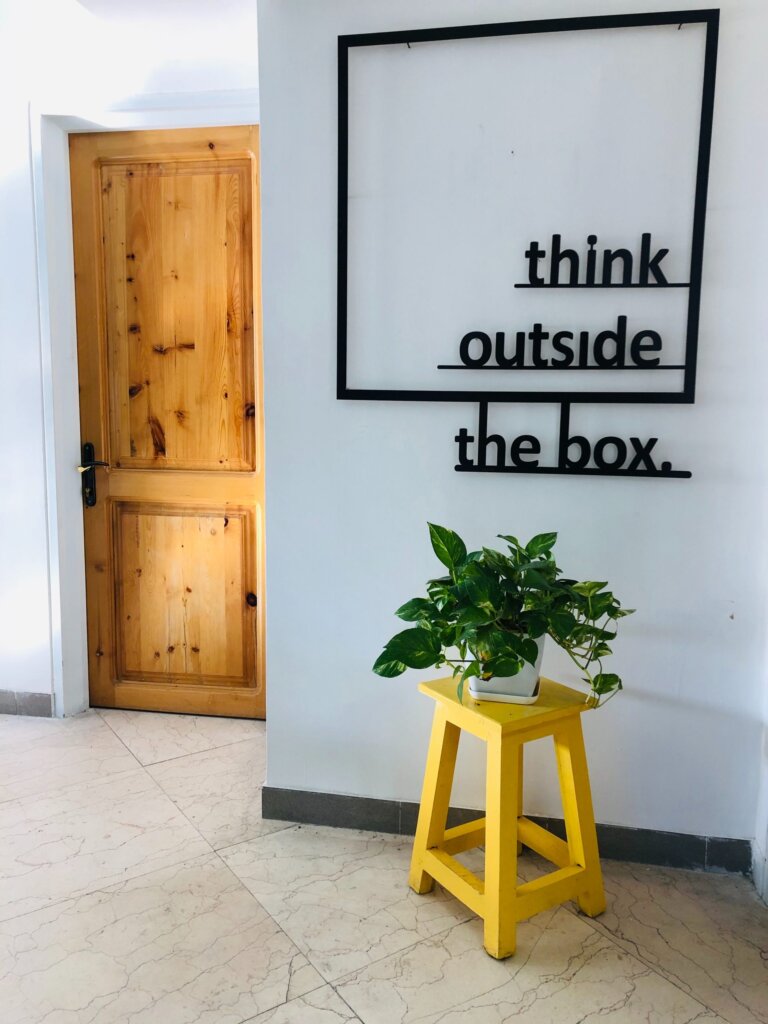Learning in the AI Era: 4 Ways to Eliminate Failure by Embracing It

As a leader, how do you approach growth in your organization? Are you only focused on achieving the next level of results at every turn, or do you see even problems as opportunities to learn? Emerging technologies and advances in artificial intelligence are forcing leaders to shift and adapt more by the day. And in today’s rapidly evolving landscape, the distinction between improvement and learning could be the key to thriving amidst unprecedented change.
Let’s explore why continuous learning matters and how you can foster this mindset in your organization, unlocking innovation and resilience in the process.
Why Continuous Learning Matters in the Age of AI
As we navigate the complexities of the AI era, the most effective organizations – and leaders – will be known for their ability to learn continuously and adapt quickly. By fostering a culture of continuous learning today, leaders can create agile, innovative businesses capable of thriving amidst rapid technological change.
- Adaptability: Continuous learning helps organizations stay agile and responsive to rapid technological changes.
- Innovation Catalyst: By reframing setbacks as learning opportunities, you can turn challenges into springboards for innovation.
- Faster Market Response: An iterative approach of building on previous insights allows for quicker delivery and more frequent feedback cycles.
- Cultural Transformation: A learning mindset fosters a culture where risk-taking and experimentation are celebrated, driving growth.
- Continuous Improvement: Learning from every experience fuels ongoing enhancement of processes and outcomes.
Continuous Learning in Action
Early in my entrepreneurial journey, my business-to-business marketing agency faced a significant setback when we lost a major client due to advancements in AI technology. Initially, this felt like a failure. However, by embracing a learning mindset, we were able to turn this setback into a catalyst for innovation.
Instead of simply trying to improve our existing services, we fundamentally rethought our approach. We dove deep into understanding the AI technologies that had made our services obsolete and explored how we could leverage similar technologies to create even more value for our clients.
The result? We developed new AI-enhanced offerings that not only improved our existing offering, but also opened entirely new doors of opportunity, ultimately strengthening our market position. This experience taught us the value of viewing setbacks as feedback, not failure.
How to Foster Continuous Learning
1. EMBRACE IMPERFECTION
Frame projects and goals in terms of ongoing cycles of learning and refinement, rather than one-time achievements, and reframe deliverables as “completed iterations” rather than final products. This allows for faster delivery and ongoing improvement.
2. CELEBRATE LEARNING FROM SETBACKS
When things don’t go as planned, focus on what was learned rather than what went wrong. Make sharing lessons learned a regular practice.
3. ENCOURAGE CALCULATED RISK-TAKING
Foster an atmosphere of psychological safety—where team members feel it’s okay to make mistakes and share ideas without fear of judgment. This environment encourages experimentation and innovation. By allowing your team to push boundaries and try new approaches, you enable them to take calculated risks that can lead to significant breakthroughs. Create opportunities for open dialogue, celebrate creative efforts, and reinforce the notion that every attempt contributes to collective learning and growth.
4. LEARN FROM EVERY INTERACTION
Every cycle of action → results can be evaluated to gain insight. View relationships with customers, team members, and even AI tools as opportunities for mutual learning and growth.
Author Robert Allen said, “There is no failure. Only feedback.” In other words, a continuous learning mindset turns every outcome – whether traditionally seen as success or failure – into valuable feedback that contributes to our growth and improvement.
Remember, in the world of AI and beyond, our most powerful asset is our ability to learn, grow, and adapt. By viewing every experience – positive or negative – as valuable feedback for innovation and growth, we can lead our organizations confidently into the future.
Your Challenge
How can you foster a culture of continuous learning in your organization? What feedback might be hiding in your recent challenges or setbacks?
This week, try reframing one of your current projects as a “completed iteration” rather than a final product. Encourage your team to approach it with an open mind, ready to learn from all feedback and refine based on it. You might be surprised at the innovative ideas and insights that emerge when people feel free to experiment and learn from every outcome.
Ready to shift your attitude toward failure to up-level results and morale?
The difference between average people and achieving people is their perception of and response to failure. If you’re like leadership expert John C. Maxwell you feared it, misunderstood it, and ran away from it. However, he has learned to make failure his friend, and he shares how you can do the same in his goal achievement guide, Failing Forward. Discover how to confidently look the prospect of failure in the eye and move forward anyway. In life, the question is not if you will have problems, but how you are going to deal with them. Stop failing backward and start failing forward when you pick up your copy today!
More Articles

Do I Believe The Best In Others?

BIG ANNOUNCEMENT!









Be the first to comment on "Learning in the AI Era: 4 Ways to Eliminate Failure by Embracing It"